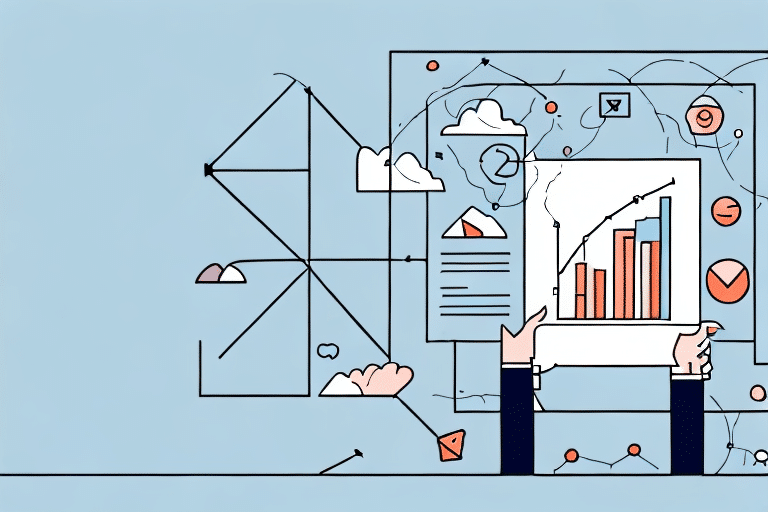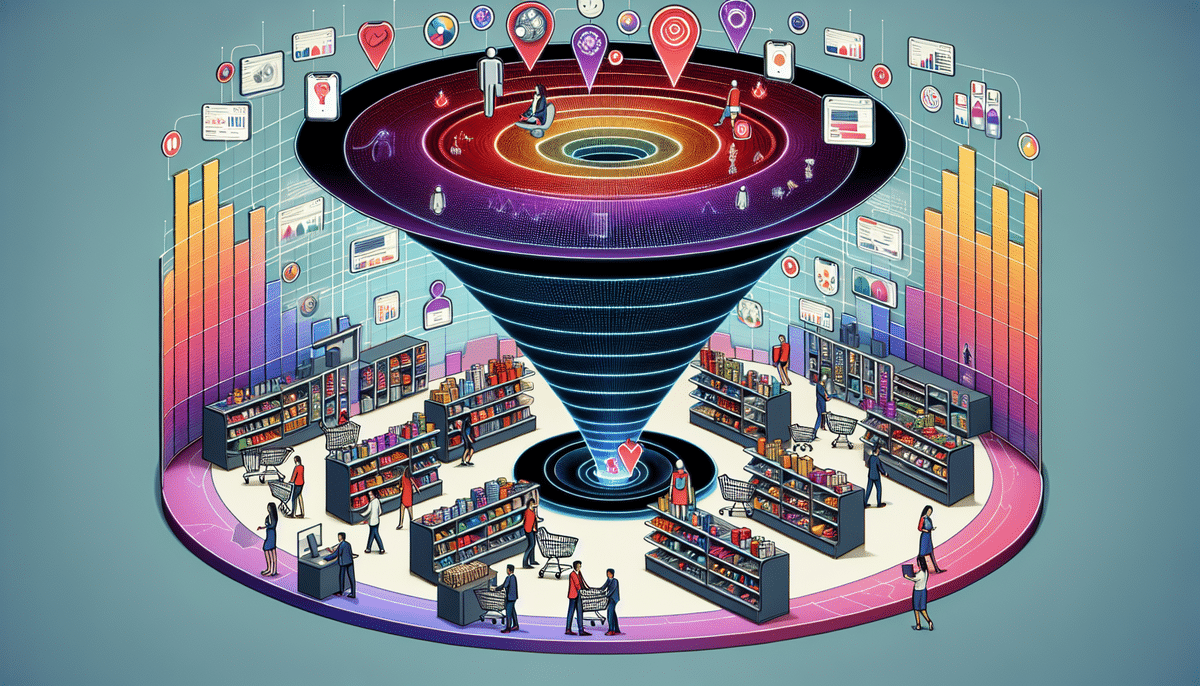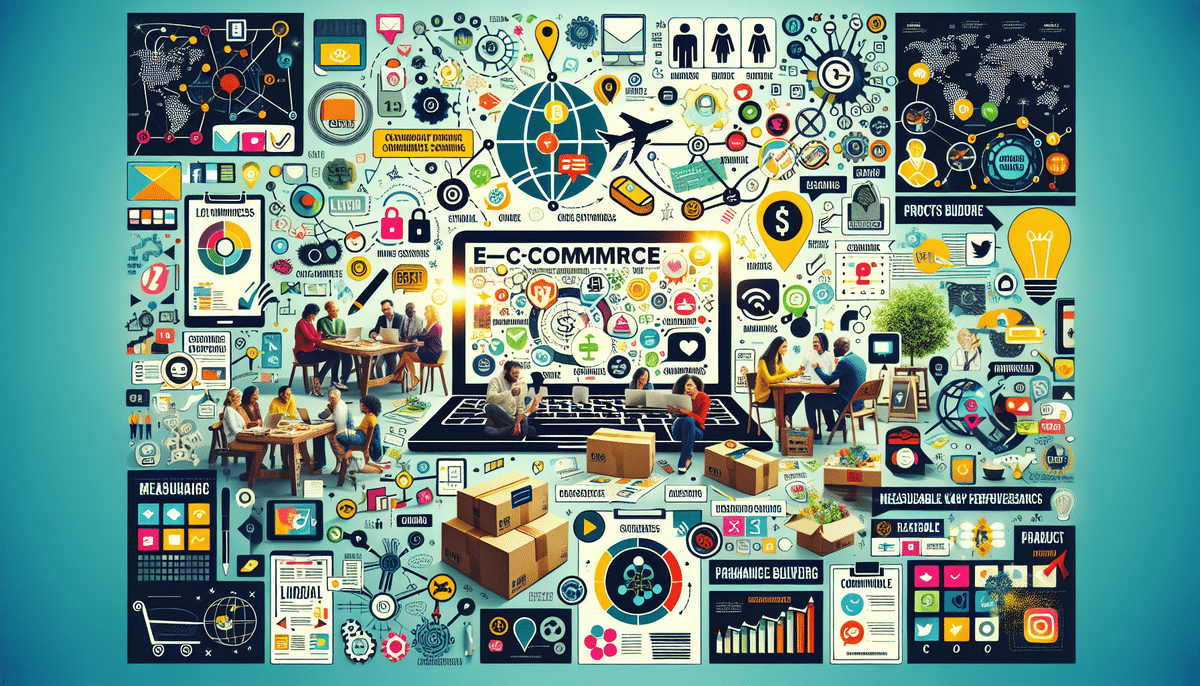How to Increase Customer Retention and Upsell Effectively
As a business owner, one of your top priorities is to ensure that your customers stay loyal to your brand and continue buying from you. At the same time, you want to maximize your revenue by encouraging customers to make additional purchases beyond their initial transaction. This is where customer retention and upselling strategies come in. In this article, we'll discuss why these strategies are important and explore some effective tactics for increasing customer retention and upselling.
Why Customer Retention and Upselling Are Crucial for Business Growth
Customer retention and upselling are critical drivers of business growth and profitability. Here’s why:
- Cost Efficiency: It costs significantly more to acquire new customers than to retain existing ones. Studies show that acquiring a new customer can be up to seven times more expensive than retaining an existing one.
- Word-of-Mouth Promotion: Loyal customers are more likely to recommend your business to others, expanding your customer base through positive word-of-mouth.
- Increased Revenue: Upselling to existing customers can increase your revenue per transaction and boost your overall sales.
Additionally, customer retention and upselling help build stronger relationships with your customers. By providing excellent customer service and offering personalized recommendations, businesses can create a sense of loyalty and trust, leading to long-term relationships and sustained growth.
Assessing Your Current Customer Retention and Upselling Strategies
Before improving your customer retention and upselling efforts, it's essential to assess your current strategies. Analyze your existing approaches, customer feedback, and sales data to determine what's working and what isn't. Consider the following questions:
- What percentage of your customers are repeat purchasers?
- What is your average order value?
- How frequently do customers make additional purchases?
- What are the common reasons customers do not return?
Gathering this information allows you to identify areas for improvement. For instance, a low repeat purchase rate may indicate the need to enhance customer service or product quality, while low additional purchases might suggest the need for more effective upselling strategies.
Remember, customer retention and upselling are ongoing efforts. Regularly monitor and analyze your strategies and customer feedback to stay ahead and make necessary adjustments.
Understanding Your Customers' Needs and Preferences
The key to effective customer retention and upselling is understanding your customers' needs and preferences. Here are some tactics to achieve this:
- Collecting Feedback: Use surveys, reviews, and social media channels to gather customer feedback.
- Analyzing Purchase History: Track customer purchases to make personalized recommendations and promotions.
- Personalized Customer Service: Offer tailored support based on individual customer needs.
Additionally, analyze customer behavior on your website or app. Tracking clicks, searches, and browsing history can provide insights into their interests, helping you optimize your platform to better meet their needs. This data can also inform targeted marketing campaigns that resonate more effectively with your audience.
Building Strong Relationships with Your Customers
Building strong relationships with your customers is essential for increasing retention. Here are some effective strategies:
- Personalized Communication: Send personalized emails or newsletters to keep customers engaged.
- Exclusive Promotions: Offer exclusive discounts or promotions to loyal customers.
- Exceptional Customer Service: Provide outstanding support to enhance customer satisfaction.
Engage with customers on social media by responding to comments, sharing user-generated content, and fostering a community. Additionally, offering educational resources or hosting events can demonstrate your expertise and commitment to their success, further strengthening their loyalty.
Creating an Effective Loyalty Program
A well-designed loyalty program can incentivize repeat business and build customer loyalty. Consider the following tactics when creating your program:
- Rewards Points: Offer points for purchases or referrals that can be redeemed for discounts or free products.
- Exclusive Discounts: Provide special offers only available to loyalty program members.
- Tiered Rewards: Implement a tiered system to encourage larger purchases by offering greater rewards at higher levels.
Successful examples include Amazon Prime, which offers benefits like free shipping and exclusive deals, and Sephora’s Beauty Insider program, which rewards customers with points and exclusive products.
Identifying and Executing Upsell Opportunities
Data analysis is a powerful tool for identifying upsell opportunities. Here are some strategies to effectively upsell to your customers:
- Track Purchase History: Analyze sales data to identify products or services frequently bought together.
- Predictive Analytics: Use AI and machine learning to anticipate customer needs and tailor recommendations.
- Complementary Products: Offer products that complement previous purchases, enhancing the customer’s experience.
- Personalized Recommendations: Provide tailored product suggestions through email or on your website.
For example, Amazon utilizes sophisticated data analysis to offer personalized product recommendations, significantly driving upsell revenue.
Measuring and Optimizing Your Retention and Upselling Strategies
Regularly measuring the success of your customer retention and upselling efforts is essential to determine effectiveness and make improvements. Key metrics to track include:
- Customer Retention Rate: The percentage of customers who continue to do business with you over time.
- Average Order Value: The average amount spent by customers per transaction.
- Repeat Purchasers: The number of customers who make multiple purchases.
- Upsell Conversion Rate: The percentage of customers who make additional purchases beyond their initial transaction.
Avoid common pitfalls such as being too pushy with upselling, neglecting customer service, ignoring feedback, and not offering sufficient incentives for repeat business.
Future Trends in Customer Retention and Upselling
As technology continues to advance, customer retention and upselling strategies are becoming more sophisticated. Future trends to watch include:
- Artificial Intelligence: Increased use of AI and machine learning to personalize product recommendations.
- Chatbots: Utilizing chatbots to provide personalized customer service and support.
- Virtual and Augmented Reality: Integrating VR and AR into the shopping experience to engage customers.
- Data Analytics: Leveraging data analytics to optimize pricing and promotional strategies.
In conclusion, effective customer retention and upselling strategies are critical for business growth and profitability. By understanding your customers' needs, building strong relationships, and incentivizing repeat business, you can maximize your revenue and build a loyal customer base that drives ongoing success.
Case Studies of Successful Customer Retention and Upsell Strategies
Looking for inspiration? Here are some examples of businesses that have successfully implemented customer retention and upsell strategies:
- Amazon: Uses sophisticated data analysis and personalization techniques to provide tailored product recommendations, driving significant upselling revenue.
- Nike: The NikePlus loyalty program incentivizes repeat business by offering exclusive discounts and promotions to members.
- Sephora: Sephora's Beauty Insider program rewards customers with points that can be redeemed for free products, encouraging additional purchases.




















